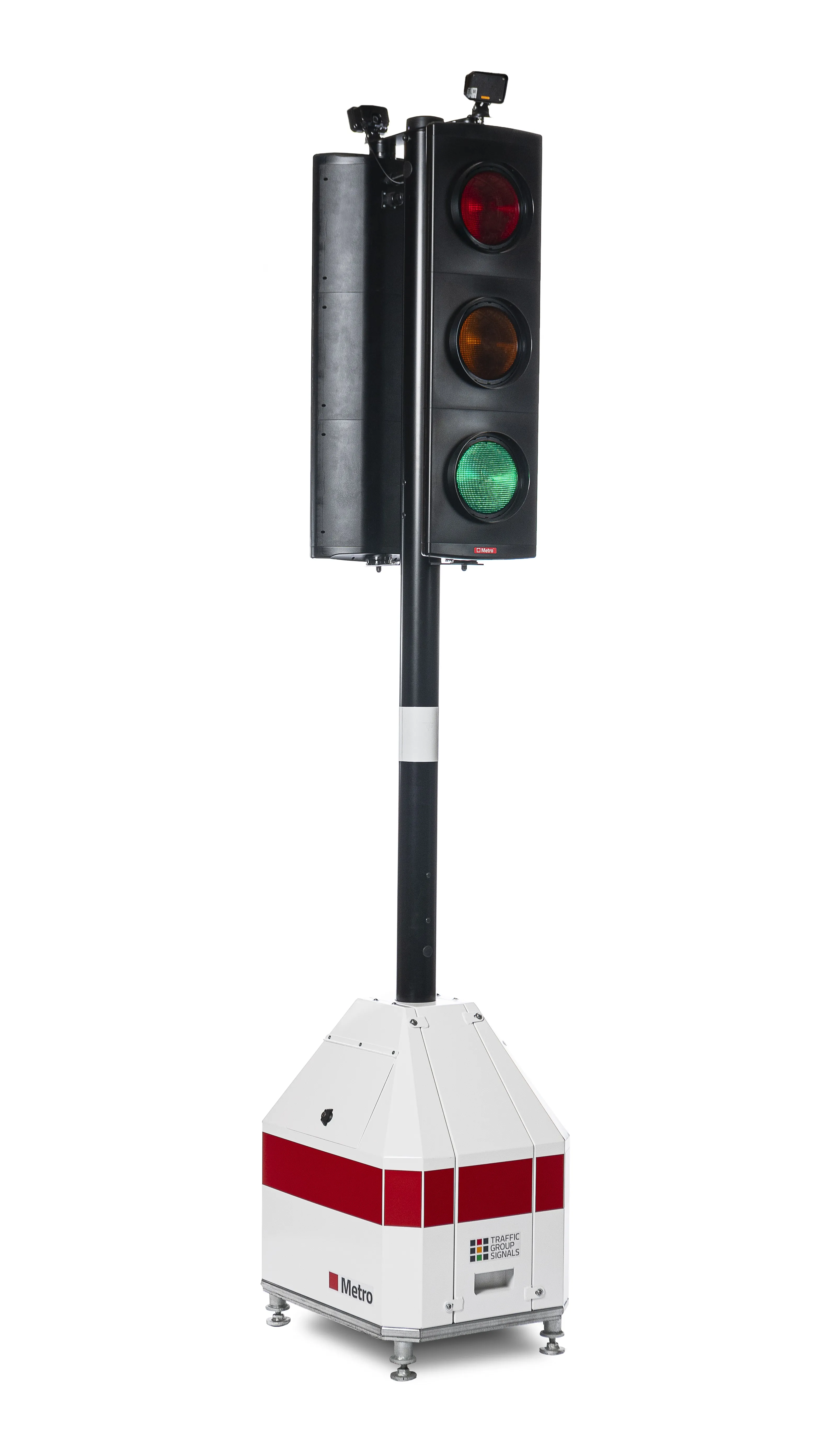Vicon Industries is replacing its line of RAID storage devices with iSCSI SAN-RAID models that make use of newer networking and storage technology. Like traditional RAID devices, the new models feature multiple, hot-swappable hard drives which provide secure storage of large quantities of recorded digital video. However, the new models are designed for use in a 'Storage Area Network', meaning that they no longer need to be physically connected to a DVR or NVR. Instead, the SAN-RAID units exist as part of a
July 30, 2012
Read time: 2 mins
In addition, the new SAN-RAID devices make use of the iSCSI protocol, allowing them to transmit and receive signals over regular Ethernet cabling (Cat 5 and other options). The iSCSI protocol can transmit signals up to 25 times farther than traditional SCSI connections used by the previous generation
of RAIDs.
Vicon's new SAN-RAID devices are available with eight, 14 or 42 bays and provide varying amounts of usable storage, ranging from 3.3 to 36Tb.










